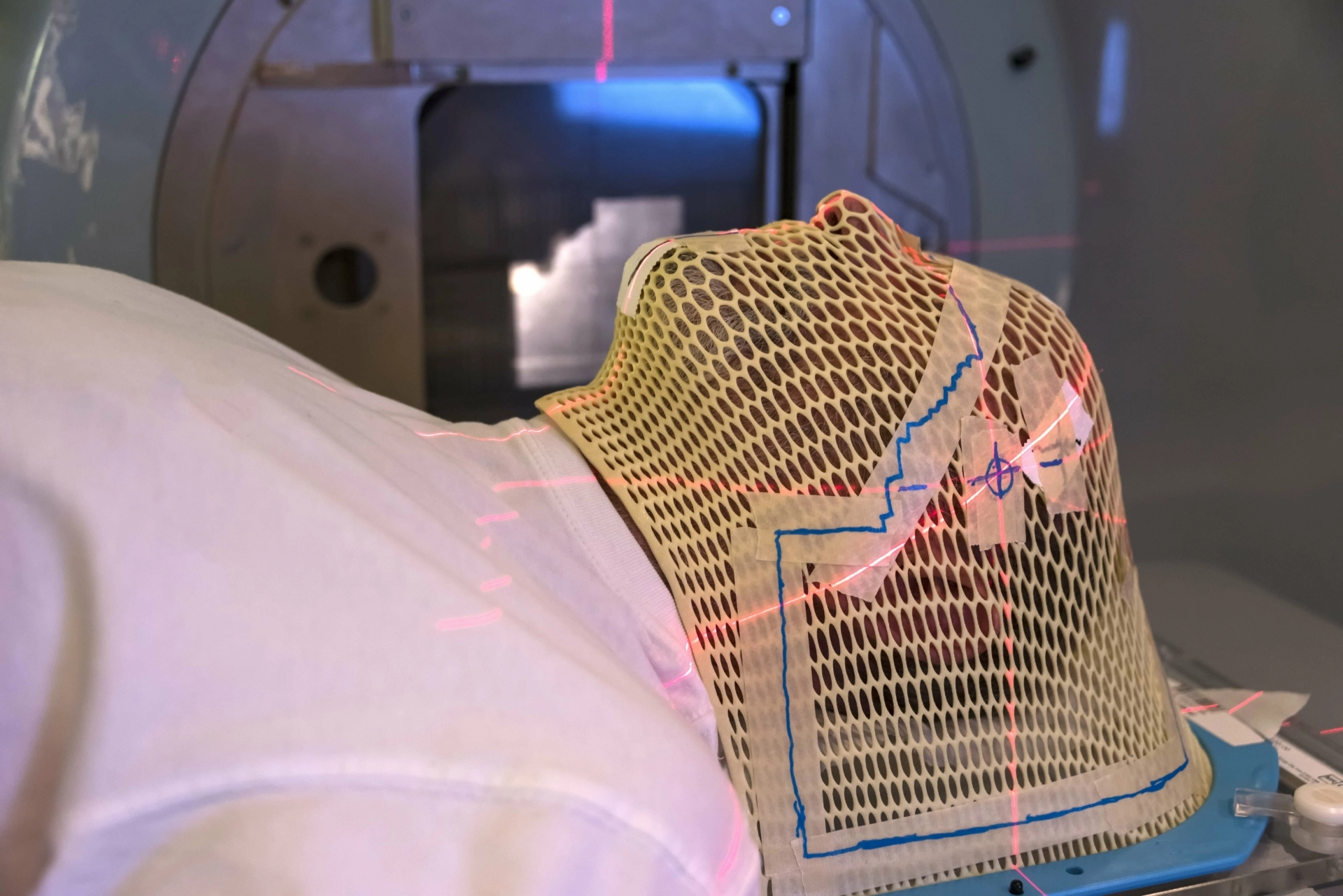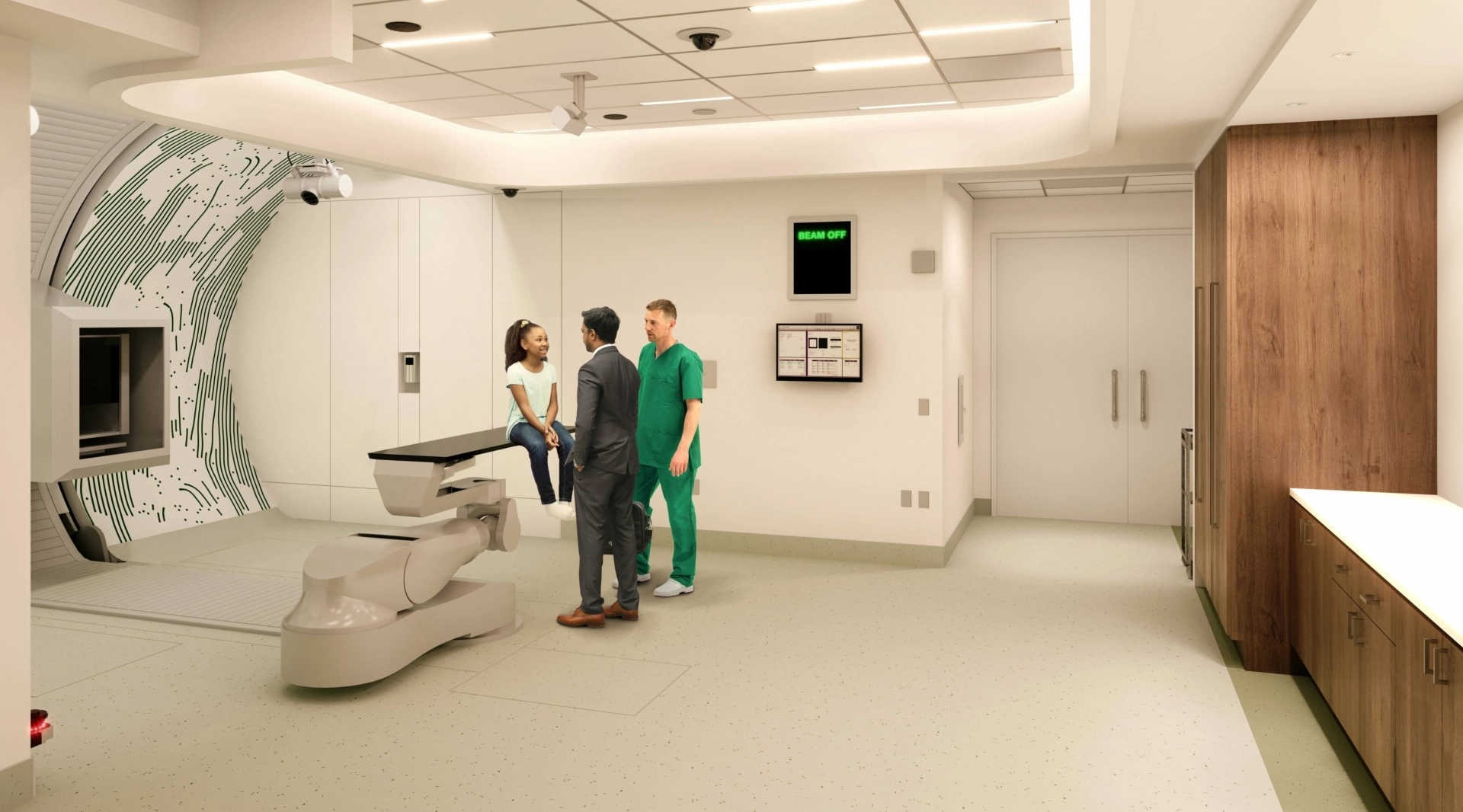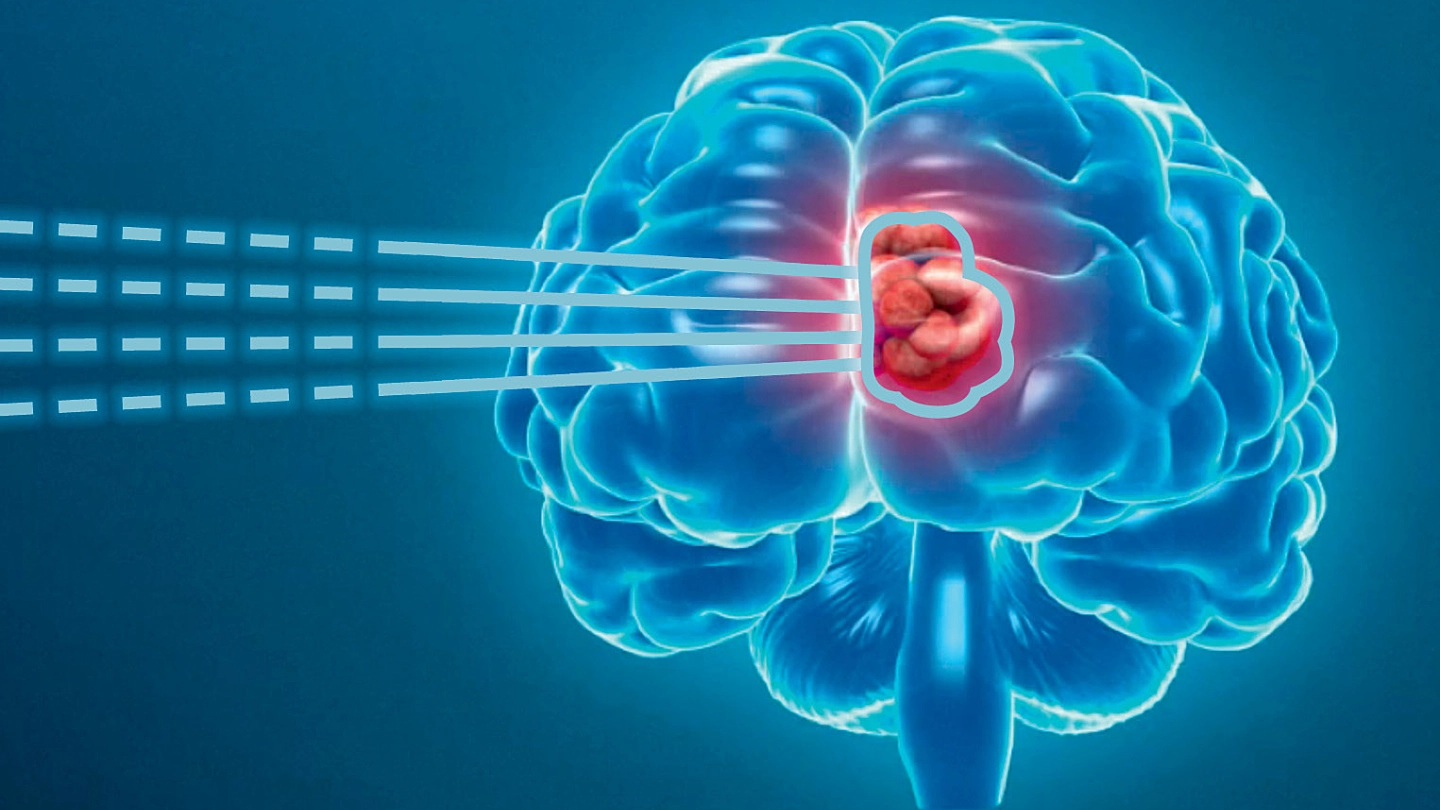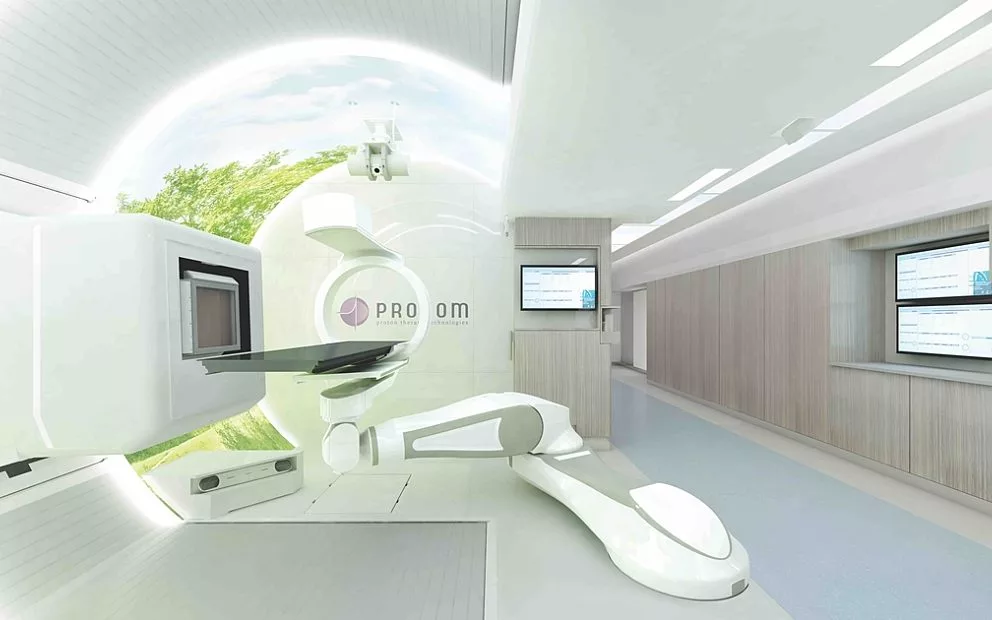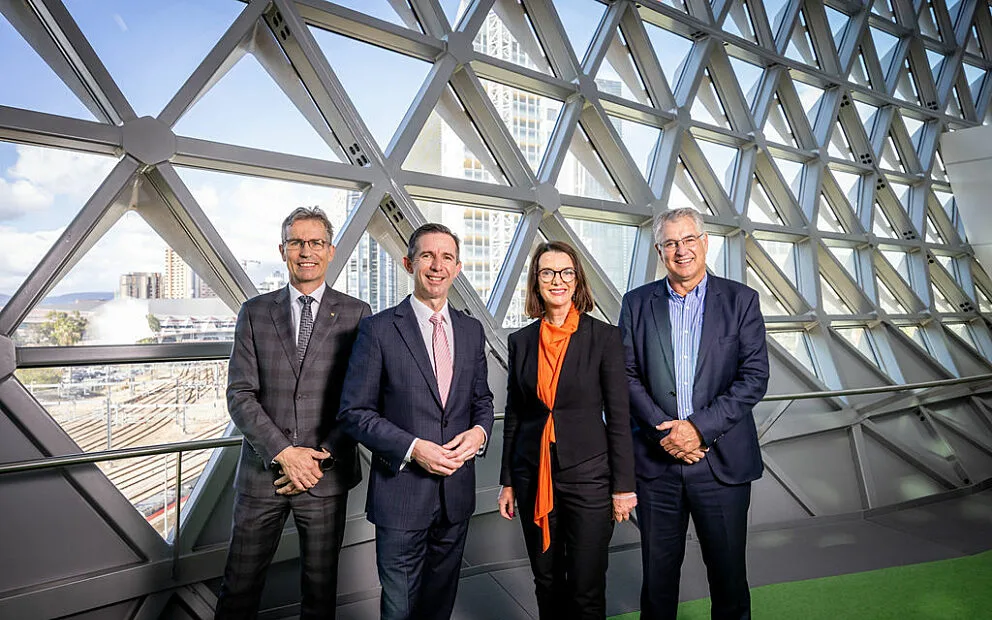The Australian Bragg Centre for Proton Therapy and Research will soon make its mark as the first proton therapy facility in the southern hemisphere and 20 patients have already been recruited to Australia’s first particle therapy research project.
In anticipation, the Trans-Tasman Radiation Oncology Group (TROG) has endorsed the Australian Particle Therapy Clinical Quality Registry (ASPIRE) created at SAHMRI to coordinate up to 450 patients annually nationwide, who will benefit from the life-changing cancer therapy.
To date, 10 children between the ages of four and 18 years and 10 young adult patients have been recruited.
In 2021, 17-year-old Sophia Thompson needed proton therapy to treat a cancer growing on her spine. The only option was to fly all the way to the USA with her parents Nick and Monique, for treatment.
Fortunately, it was successful and Sophia, now 19, is in remission and pursuing her dream music career in Sydney.
Proton therapy is a precise form of radiation therapy that Principal Investigators A/Prof Hien Le and Kelly Skelton say will be used to treat certain cancers in children, adolescents and rare adult tumours.
Research has shown it can destroy cancer cells without damaging surrounding areas of the body and therefore can reduce debilitating side effects.
It represents a major leap forward in cancer treatment that’s never been available in Australia, until now.

“Proton beam therapy is a targeted approach to treating cancer that delivers less radiation to healthy tissue surrounding the tumour target, which may result in fewer side effects for patients,” Ms Skelton said.
“This potentially makes proton beam therapy a safer option, especially for children and adolescents whose normal tissues are still developing and more susceptible to radiation damage.”
Radiation oncology centres around the country will soon start enrolling eligible participants to the future treatment list.
ASPIRE will double as an international nexus for proton therapy research, becoming one of only six registries in the world collecting proton therapy data and one of only a few that will directly compare the results of proton therapy to conventional radiation therapy.
“The registry will track patients for the rest of their lives, allowing for the collection of key data,” Ms Skelton said.
“Over time, this will create a wealth of evidence expanding on current knowledge and adding further proof of the benefits of proton therapy.”
There are also plans for a survivorship clinic that will provide a follow-up program for cancer survivors, with a focus on quality of life and side effects from radiation treatment.
The clinic will use patient-reported outcome measures to provide a practical approach to survivorship and help address the gap in the literature on the long-term effects of radiation therapy.
“It's important for the radiation community to understand the impact of treatment on the quality of life of cancer survivors,” Ms Skelton said.
“The limited evidence currently available suggests proton therapy offers a safer and more targeted approach to treating cancer. It’s essential that we build on this evidence to encourage future funding and progress towards improving care for cancer patients across the board.”
With the Australian Bragg Centre set to become fully operational in 2025, this program will pave the way for survivorship and follow-up clinics and provide evidence-based guidance for future changes in radiation oncology practices.
